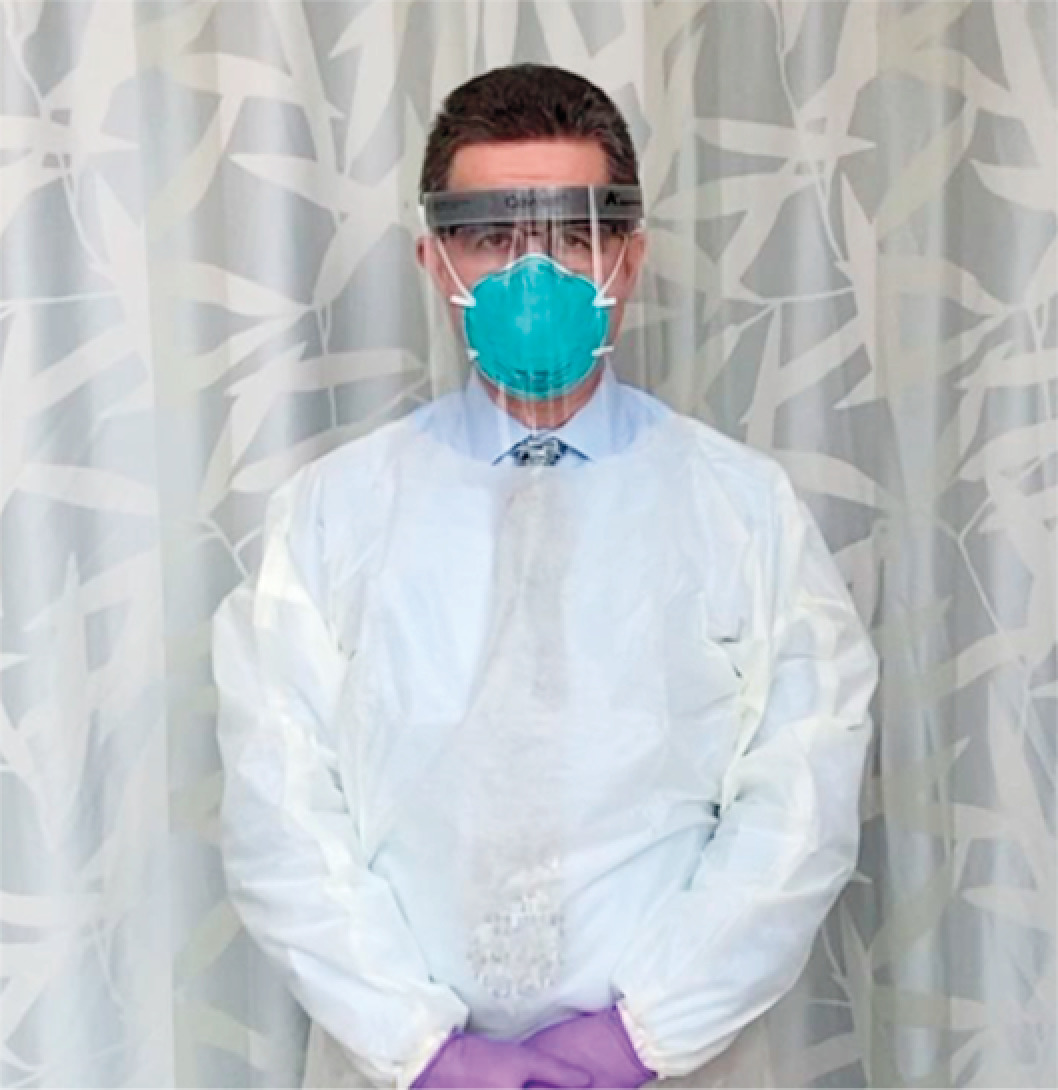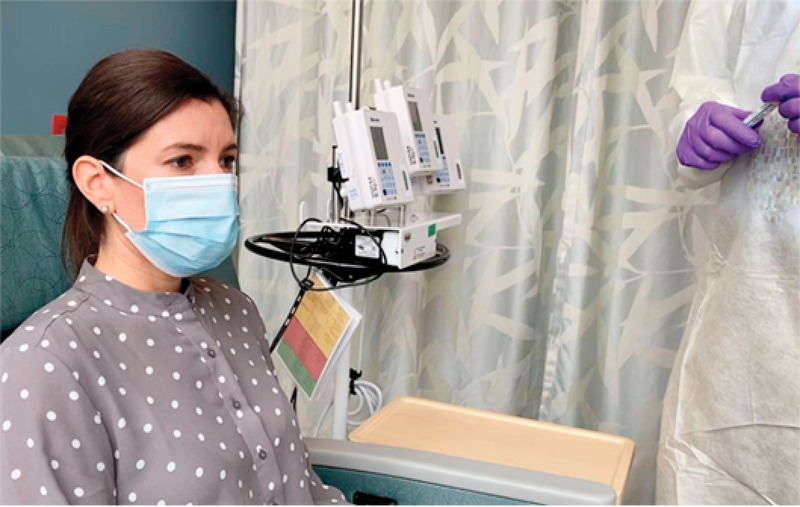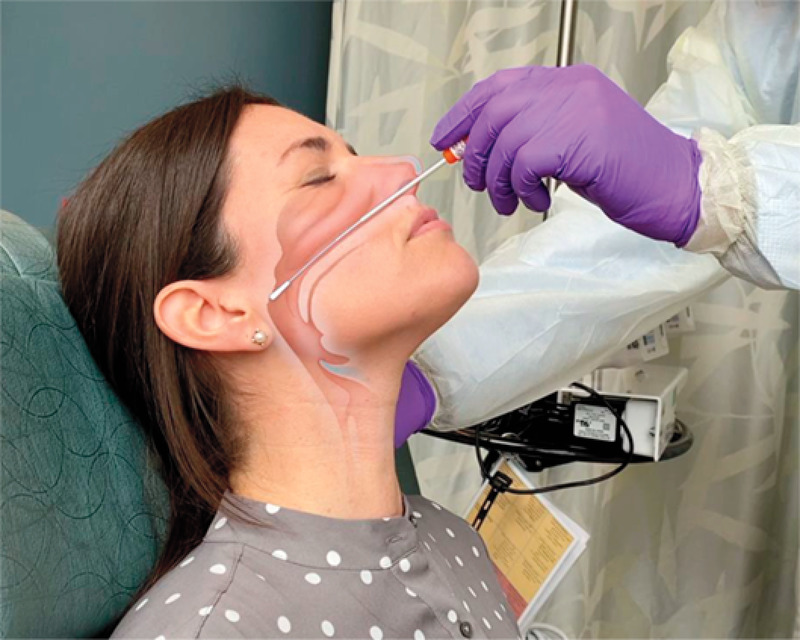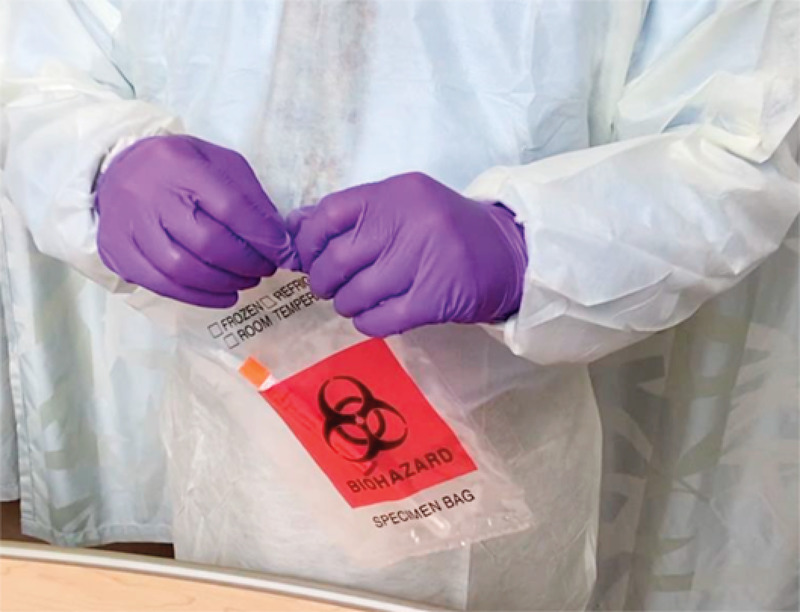Overview
Covid-19 is an illness caused by a viral infection. The infection is known as SARS-CoV-2, but the acronym stands for severe acute respiratory syndrome coronavirus 2. The diagnosis of Covid-19, as well as other suspected respiratory infections, relies on nasopharyngeal swabs testing the mucosa in the respiratory tract. Watch the video to see how the collection of specimens works.
There are no specific reasons why anyone shouldn’t have this test done. A full medical history should be taken, however, and if the patient has a markedly deviated septum or has had recent nasal surgery or an impact injury to the nose, extra caution should be taken.
Preparation and Equipment
Personal protective equipment (PPE), including a gown, gloves, a protective mask, and a face shield, is required when collecting specimens. Label all samples with patient name and date, plus fill out any necessary paperwork before starting the procedure.
The Centers for Disease Control and Prevention (CDC) has guidelines that should be followed to use PPE correctly (Figure 1). If it’s possible to have someone else in the room to watch you put on and take off your PPE, that would be helpful to make sure there are no breakdowns in technique that may pose a risk of your own contamination.
Start by washing your hands thoroughly with soap and water, then don a pair of gloves and a protective gown. Next, put on a mask with a rating of N95 or higher. Finally, wear a full face shield for extra protection.

Procedure
If a patient is suspected of having Covid-19, a mask is required(Figure 2) and will be given upon entrance to the facility. Before the test begins, the patient should remove the mask and blow their nose. If the patient’s eyes are closed, it will make the next steps less uncomfortable.
The medical professional should begin by tilting the patient’s head back slightly so that they can see inside the nose better. The swab should be gently inserted into the nostril to the nasopharynx until met with resistance (Figure 3). The swab should be left in place for several seconds to obtain a sample, then rotated while slowly removed. Once the swab is out, the patient should immediately put the mask back on to prevent the spread of germs.


Handling of the Specimen
Open the collection tube and put the swab in the tube. Break the swab at the groove (throw away the rest), then close the collection tube and put it in a biohazard bag (Figure 4). It is acceptable to return the sample to its original packaging if that is okay with your facility’s policies. Follow the directions given by the CDC for both the direct processing of the specimen and whether to store it at room temperature or refrigerate it.

Removing Personal Protective Equipment
Remove your PPE with care! First, remove your gown and gloves – in that order. Clean your hands with hand sanitizer, or preferably, thoroughly with soap and water. Get a new set of gloves to remove your face shield and *dispose of it properly. Remove those gloves, rewash your hands, and put on another pair of gloves, then remove your mask and *dispose of it properly. Finally, remove the last pair of gloves and wash your hands again. *If your institution requires health professionals to reuse face shields and masks, follow their guidelines for sanitization and storage of these items.*


